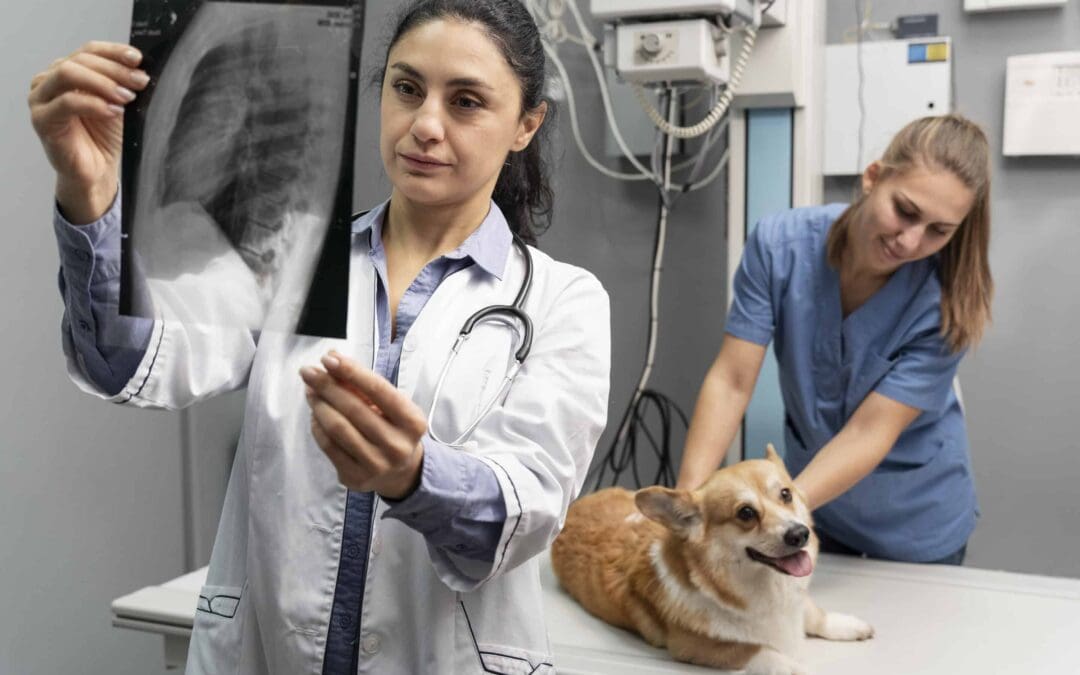Demystifying Doggy Diagnostics: Understanding Veterinary X-Rays for Pet Owners
Our furry companions enrich our lives in countless ways, and when they’re under the weather, our primary concern becomes their well-being. Sometimes, diagnosis requires advanced tools like X-rays, often leaving pet owners with questions and anxieties. This guide aims to equip you with the knowledge you need to navigate this process with confidence and ensure your pet receives the best possible care.
What are Veterinary X-rays?
Similar to their human counterparts, veterinary X-rays use controlled doses of radiation to create internal images of your pet’s bones, joints, and certain organs. They are invaluable tools for veterinarians to diagnose fractures, arthritis, dental issues, internal blockages, and even tumors.
Types of Veterinary X-rays:
Different types of X-rays are employed depending on the suspected issue:
- Radiographs: Traditional X-rays provide still images of a specific area.
- Fluoroscopy: Real-time X-ray videos aid in assessing movement and function, particularly in joints.
- Contrast Radiography: A special dye is injected to enhance the visibility of specific organs or blood vessels.
When are X-rays Needed for Pets?
X-rays become crucial in various situations:
- Injuries: Fractures, dislocations, or suspected bone issues.
- Digestive Concerns: Vomiting, diarrhea, or abdominal pain.
- Respiratory Problems: Difficulty breathing, coughing, or suspected pneumonia.
- Urinary Tract Issues: Difficulty urinating, blood in urine, or suspected bladder stones.
- Dental Problems: Persistent toothaches, loose teeth, or suspected oral tumors.
- Arthritis Diagnosis: Assessing joint inflammation and degeneration.
What to Expect during the X-ray Process:
- Sedation or anesthesia: This ensures your pet stays still and avoids unnecessary stress.
- Positioning: The veterinarian carefully positions your pet to capture the desired images.
- Safety measures: Lead shielding protects personnel from radiation exposure.
- Image interpretation: The veterinarian analyzes the X-rays and discusses the findings with you.
Understanding the Risks and Benefits:
As with any medical procedure, veterinary X-rays involve minimal risks:
- Radiation exposure: Modern machines minimize this, and the benefits often outweigh the risks.
- Sedation or anesthesia: Potential allergic reactions or complications, but closely monitored by veterinarians.
However, the benefits are undeniable:
- Accurate diagnosis: Enables veterinarians to treat underlying issues effectively.
- Reduced need for exploratory surgery: Minimally invasive and cost-effective.
- Improved treatment planning: Ensures targeted and appropriate interventions.
Preparing Your Pet for X-rays:
Inform your veterinarian about any allergies or medications your pet is on. Depending on the X-ray type, fasting may be required. Follow specific instructions provided by your veterinarian.
Also read about Finding the Perfect Mobile X-ray Machine for Your Practice
Supporting Your Pet after X-rays:
Provide comfort and warmth afterward. Monitor their activity level and appetite. Follow any medication or dietary recommendations provided by your veterinarian.
Conclusion:
Veterinary X-rays play a vital role in ensuring your pet’s optimal health. By understanding the process, risks, and benefits, you can approach this experience with confidence and work alongside your veterinarian to make informed decisions for your furry friend’s well-being.
Remember, X-Ray Solutions LLC offers cutting-edge X-ray equipment and solutions for veterinary practices. Contact us today to learn how we can empower veterinarians to provide exceptional care for your pets.

